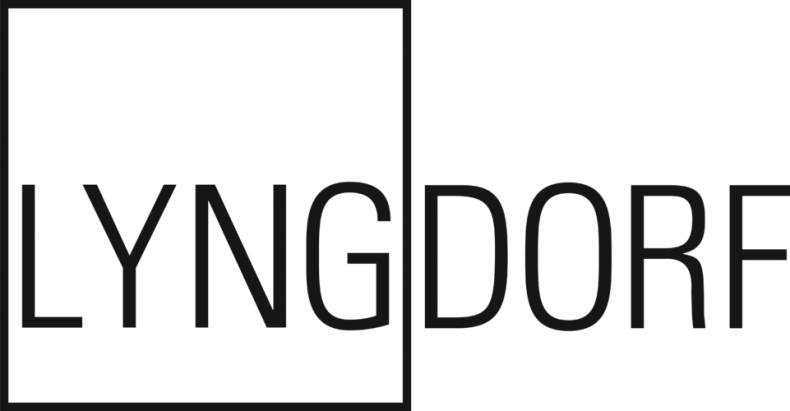
Written by Roger Kanno Category: Full-Length Equipment Reviews Created: 15 August 2021
Note: for the full suite of measurements from the SoundStage! Audio-Electronics Lab, click this link.
 I’ve long been a proponent of room-correction software—not only for multichannel home-theater systems, where the technology first took hold, but also for high-quality two-channel systems. Some high-end manufacturers now include such software in their two-channel preamplifiers and integrated amplifiers, including relatively affordable models from Anthem, Arcam, and NAD. Lyngdorf Audio and its predecessor, TacT Audio, have been using RoomPerfect room correction and, before that, RCS speaker equalization, for longer than most other companies. However, Lyngdorf’s products have always been at the luxury end of high-end audio—such as their TDAI-3400, which I recently reviewed ($6499 base price, $7199 as reviewed, all prices USD). The subject of this review is Lyngdorf’s new compact streaming integrated amplifier-DAC, the TDAI-1120, which shares most of the TDAI-3400’s features and a few more, but retails for only $2199.
I’ve long been a proponent of room-correction software—not only for multichannel home-theater systems, where the technology first took hold, but also for high-quality two-channel systems. Some high-end manufacturers now include such software in their two-channel preamplifiers and integrated amplifiers, including relatively affordable models from Anthem, Arcam, and NAD. Lyngdorf Audio and its predecessor, TacT Audio, have been using RoomPerfect room correction and, before that, RCS speaker equalization, for longer than most other companies. However, Lyngdorf’s products have always been at the luxury end of high-end audio—such as their TDAI-3400, which I recently reviewed ($6499 base price, $7199 as reviewed, all prices USD). The subject of this review is Lyngdorf’s new compact streaming integrated amplifier-DAC, the TDAI-1120, which shares most of the TDAI-3400’s features and a few more, but retails for only $2199.

Smaller and cheaper, but all Lyngdorf
Though not quite as luxuriously built as the TDAI-3400, the TDAI-1120 boasts bass management, RoomPerfect room correction, and additional equalization that can be customized and applied after configuring RoomPerfect. It can be controlled through an iOS or Android smartphone app, or via a web-based interface. An optional remote-control handset ($99) is available, but I suspect that, given the growing popularity of streaming and computer-based audio, most users use one of those apps.
The TDAI-1120 measures 11.8″ W x 4″H x 10.3″D and weighs 7.3 pounds. While it looks like a smaller version of the TDAI-3400, its matte-black finish is a little less opulent, and it’s not nearly as solidly built. Still, for only $2199, and considering its many features, its build quality and appearance are very good. The front panel replaces the informative alphanumeric display of other Lyngdorf products with individual status icons for each input. There’s a large volume control knob and smaller input selector that are easy to use, but lack the lushly smooth feel of their counterparts on the TDAI-3400. There’s also a small Standby button to select between standby and power on modes.
On the rear panel are pairs of digital coaxial (RCA) and optical (TosLink) inputs as well as inputs for a TV (HDMI eARC), a local storage device (USB-A), an analog source (RCA), and a moving-magnet photo cartridge (RCA). There are also an Ethernet jack for a LAN, an XLR jack for the RoomPerfect microphone, a trigger input and output, and a three-pronged IEC power inlet for the provided power cord. The two pairs of speaker binding posts provide adequate clearance from the other connections, to permit the use of thick cables.

In addition to its physical inputs, the TDAI-1120 has Bluetooth and Wi-Fi (802.11n). Room Ready, it also supports DLNA, vTuner Internet Radio, Chromecast Built-in, Apple AirPlay 2, and Spotify Connect. Like many streaming products, it has no USB port for computer audio playback. Its various digital inputs support datastreams of resolutions up to 24-but/192 kHz (coaxial, HDMI) and 24/96 (TosLink), and the phono input’s impedance is 47k ohms, 100pF.
The TDAI-1120’s specification include: a power output of 60Wpc into 8 ohms or 120Wpc into 4 ohms; a frequency response of 20Hz-20kHz, ±0.5 dB; and total harmonic distortion of <0.5%, 20Hz-20kHz. Although the TDAI-1120 puts out far less power than the TDAI-3400’s claimed 200Wpc into 8 ohms- and costs only a third as much- I was assured by a Lyngdorf representative that its amplification circuitry is essentially a lower-power version of the proprietary Equibit class-D technology found in all Lyngdorf amps, even the most expensive.
